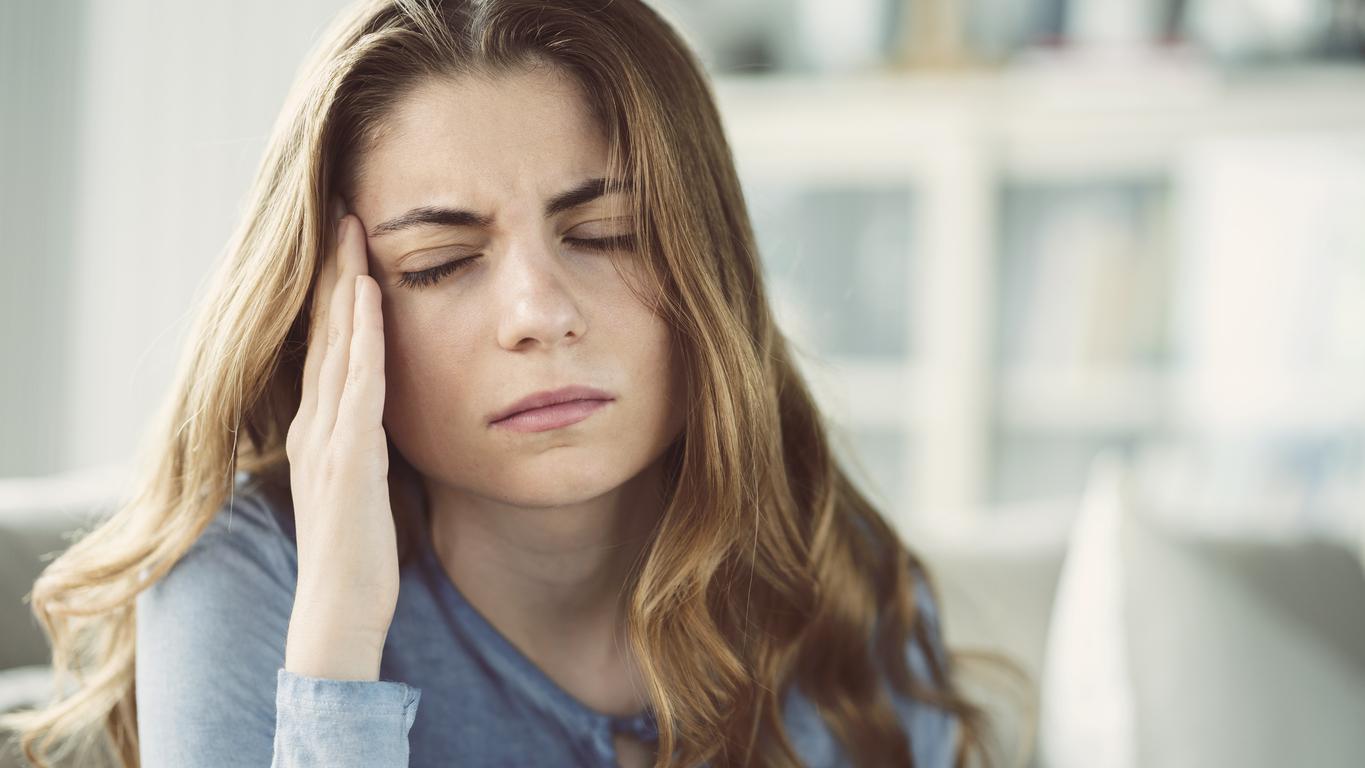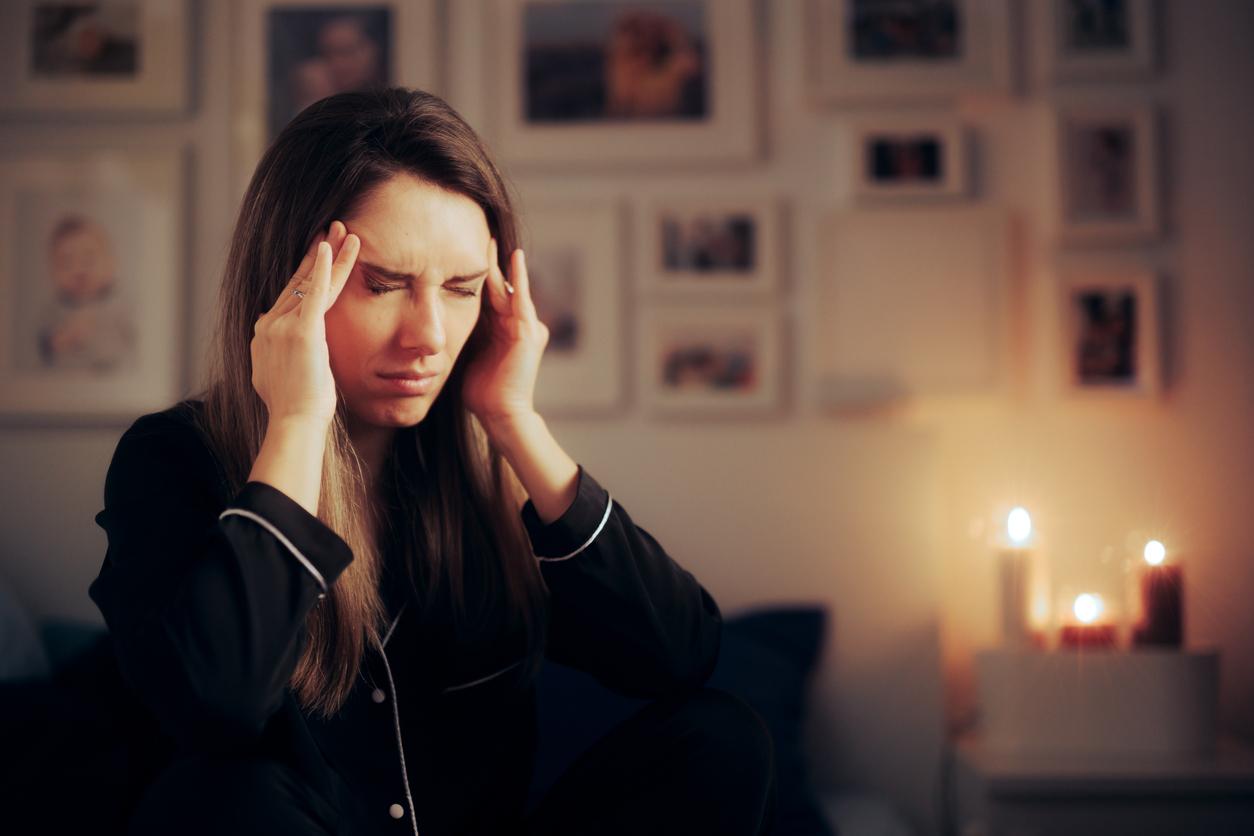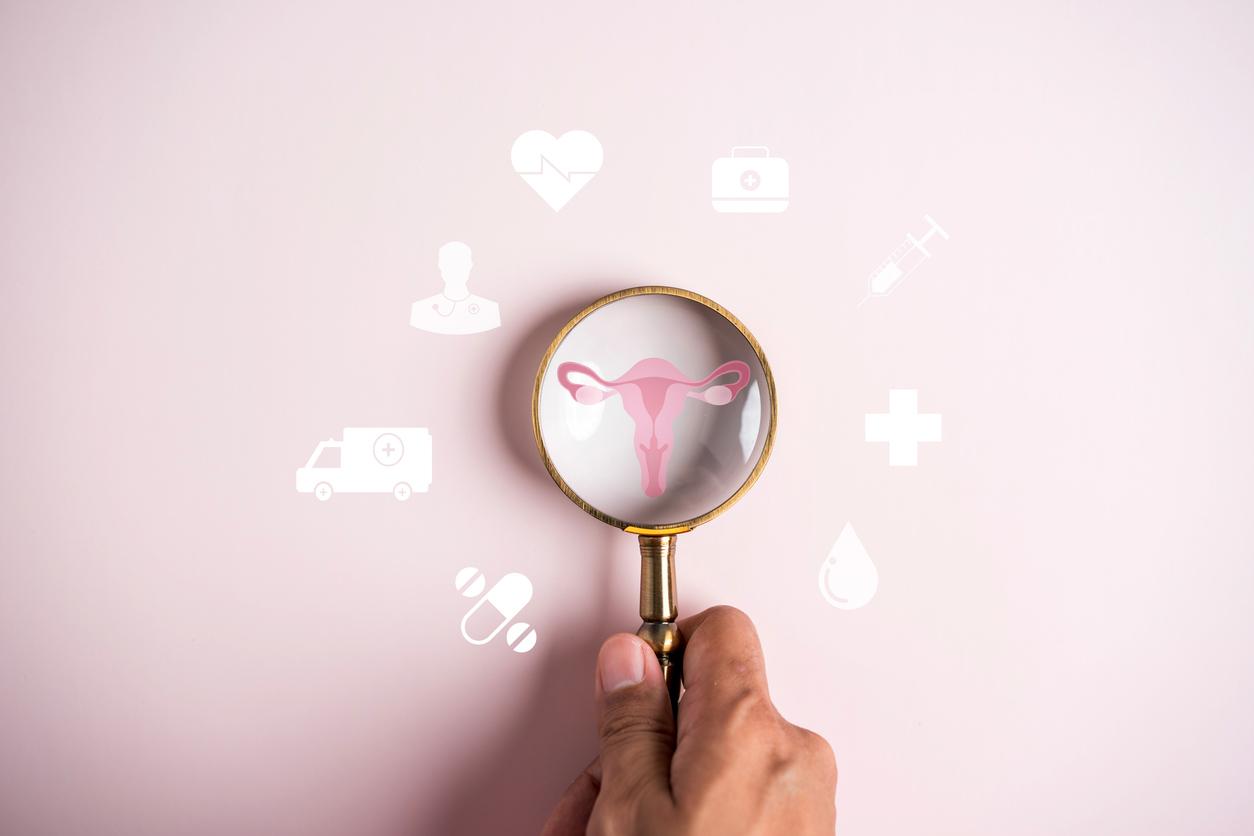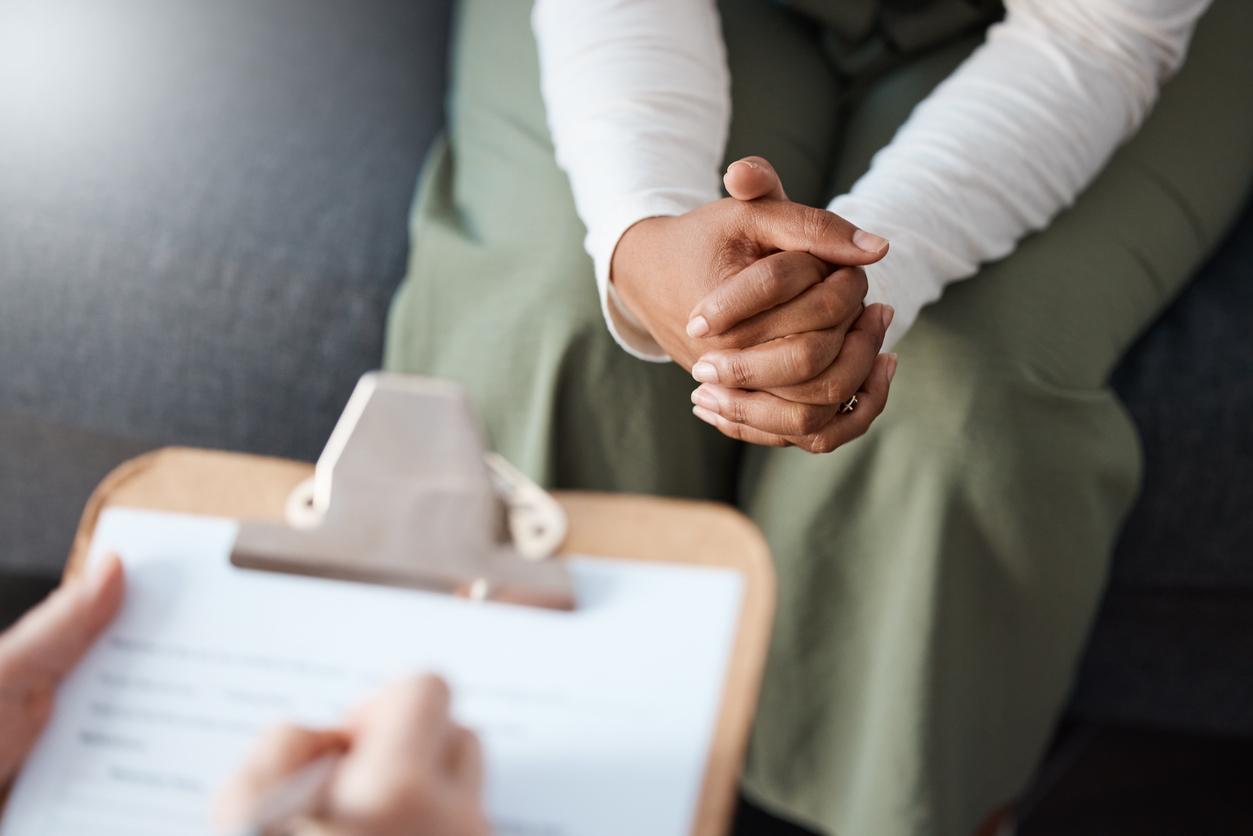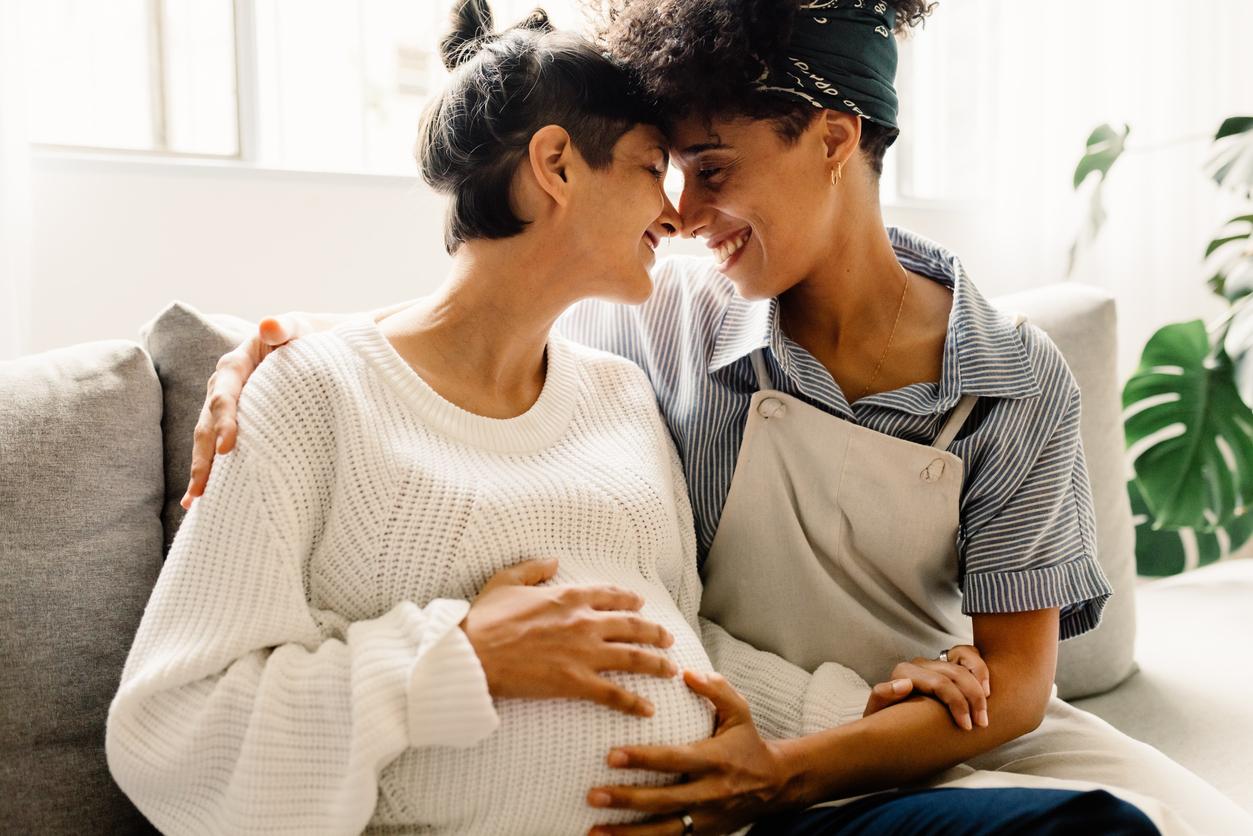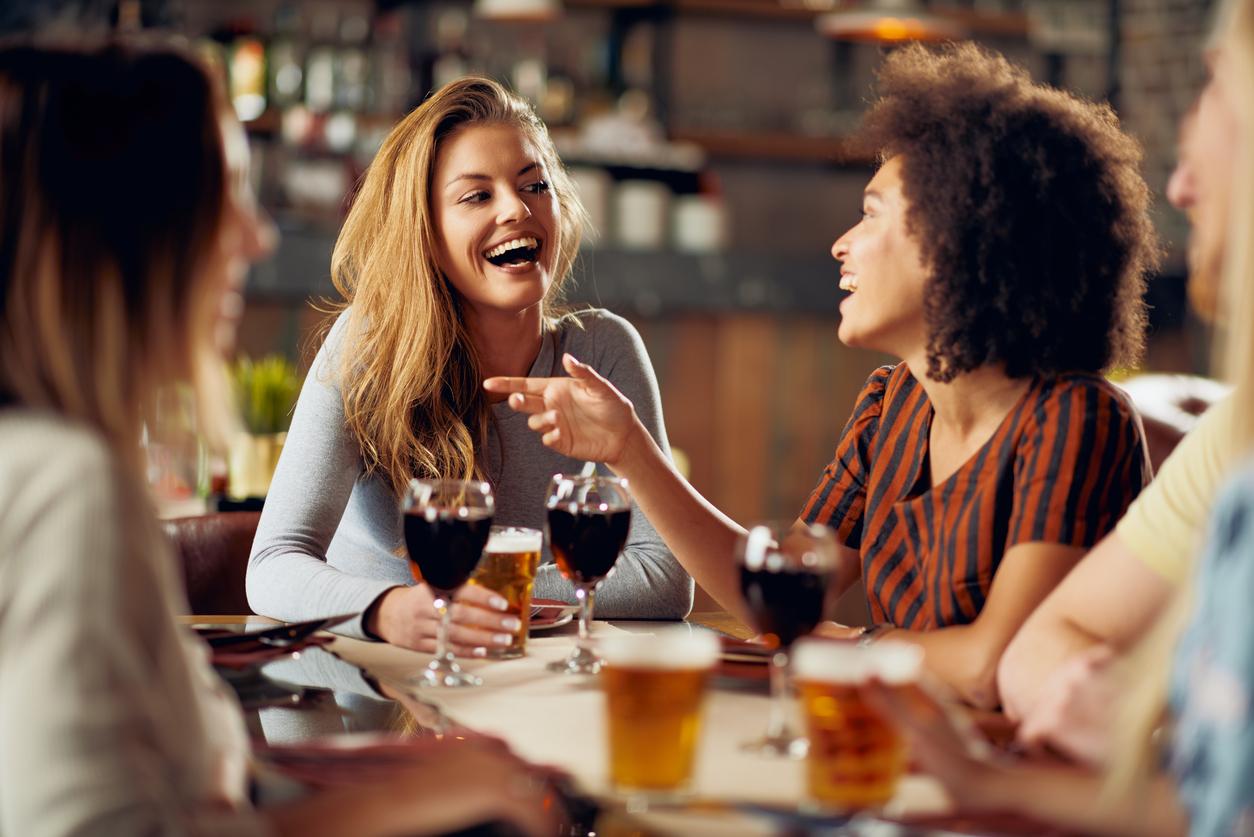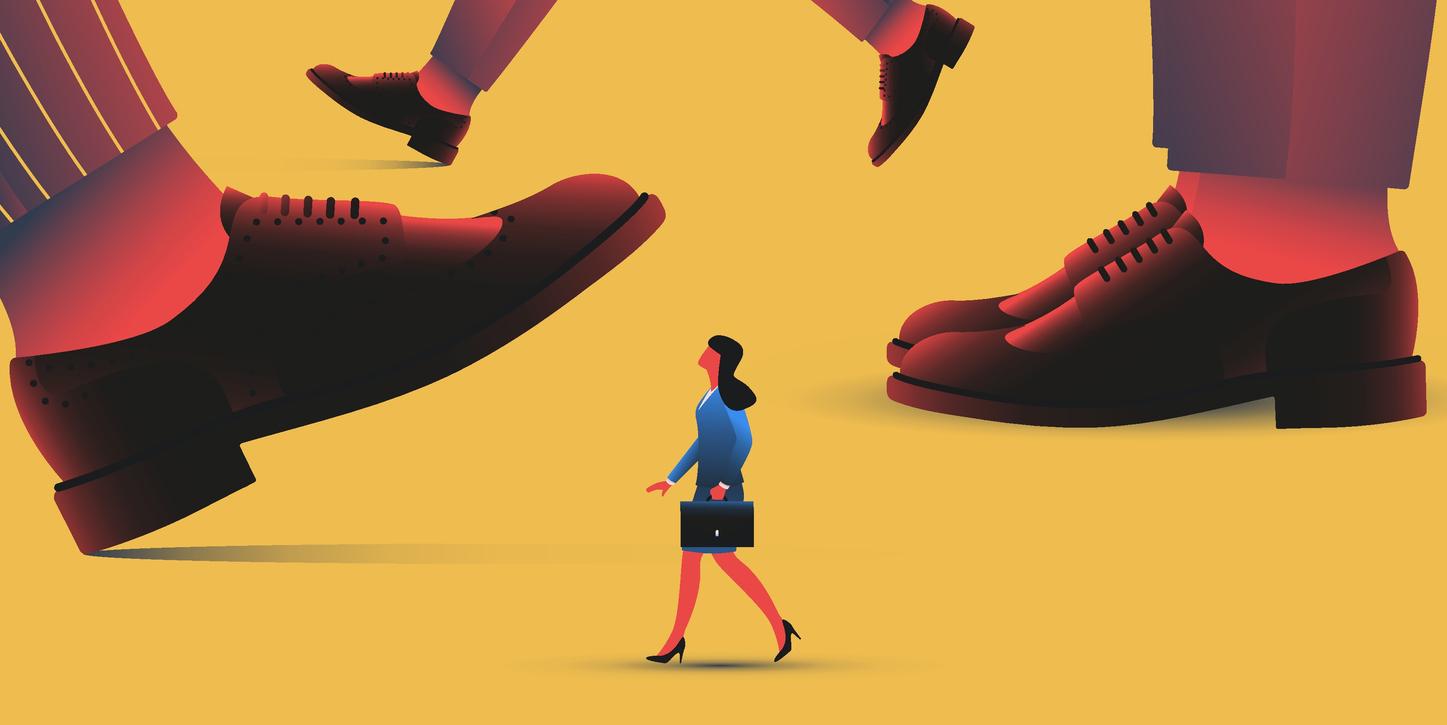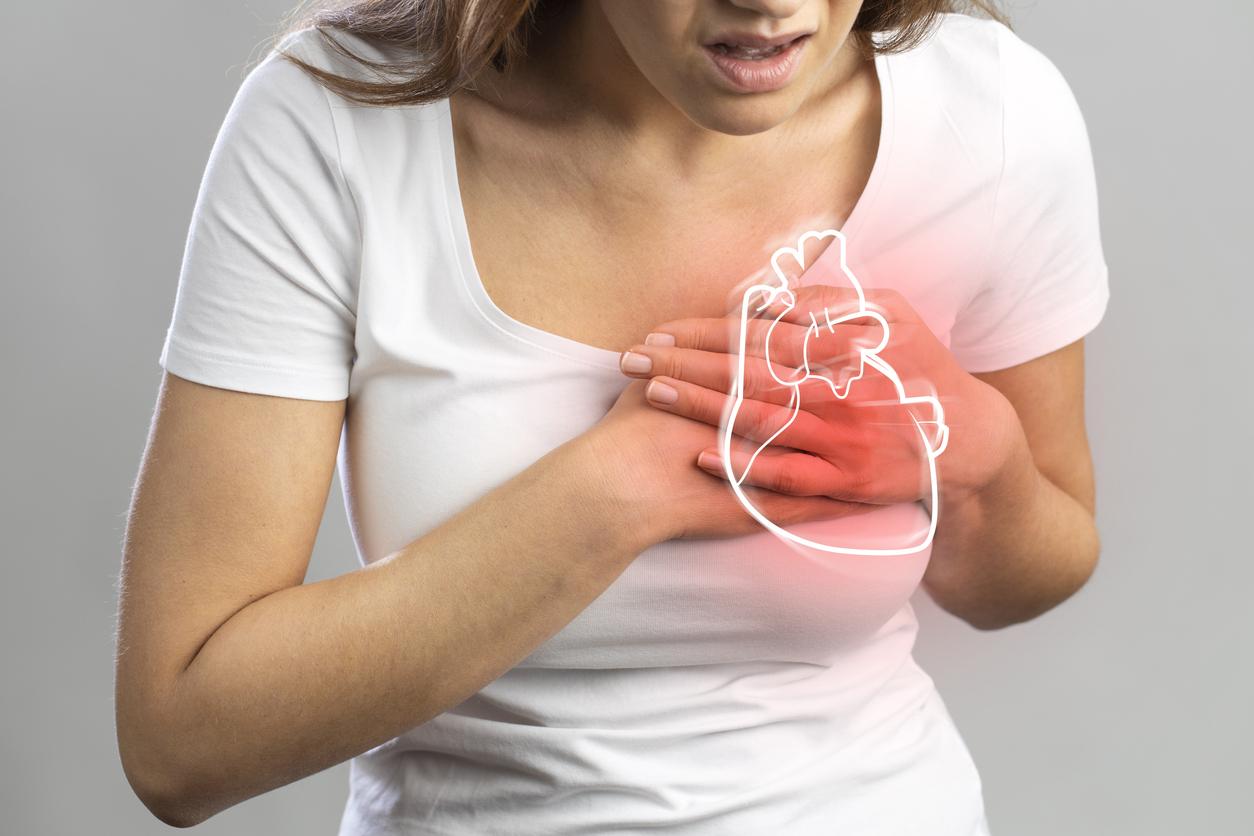Statistics show that passers-by are more likely to provide cardiac massage in the street to men than to women.
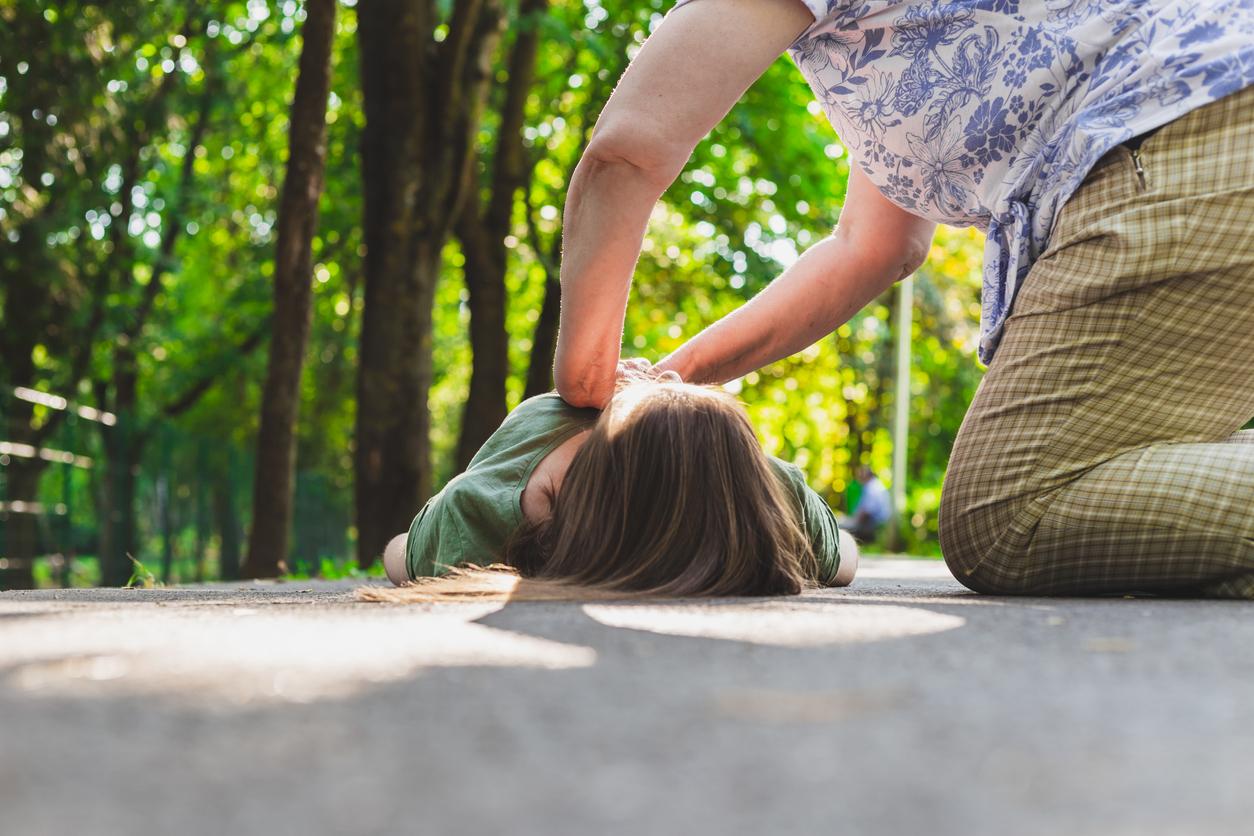
- Women are less likely to receive cardiac massage from passers-by if their cardiac arrest occurs in the street.
- When an accident occurs at home, the older a person is, the less likely they are to receive these first aid measures.
- The reasons for these differences are still poorly understood.
Cardiac massage saves lives. However, the chances of benefiting from it are unequal. According to an analysis presented to European Congress of Emergency Medicinewomen are less likely to receive cardiac massage, compared to men, if their cardiac event occurs in a public place.
Cardiac emergency: inequalities in the probability of receiving a cardiac massage in the street
The researchers used data from records of cardiac arrests occurring outside hospitals in Canada and the United States between 2005 and 2015, representing a total of 39,391 patients. Among the information collected, they paid attention to different elements: the location of the cardiac arrest, the age and sex of the patient, the practice of cardiac massage on the patient. They found that only half of the patients had received CPR from a bystander. “Overall, women were slightly less likely to receive CPR, 52% of women compared to 55% of men“, specify the authors. Secondly, the researchers focused their analysis on cardiac arrests occurring in a public place, such as the street. “The difference was greater: 61% of women versus 68% of men., they observe. These lower rates were seen in women, regardless of age.
Cardiac arrest: the older the people, the rarer cardiac massages are
Then, the scientists examined cardiac arrests that occurred in private settings, at home for example. “The data indicated that with every ten-year increase in age, men were approximately 9% less likely to receive CPR during cardiac arrest.explain the authors. For women who suffered a cardiac arrest in a private setting, the chances of benefiting were around 3% lower with each decade of age.” In short, the older a person gets, the less likely they are to receive cardiac massage when the cardiac arrest occurs in a private setting.
How to interpret these inequalities in the event of a cardiac emergency?
“We conducted this study to try to uncover factors that might discourage people from performing CPR.”, underlines Dr. Sylvie Cossette, co-author of the study, professor of nursing and researcher at the research center of the Montreal Heart Institute. Faced with the results and the inequalities between men and women, the researcher and her co-authors have no answer. “We don’t know why this is the caseunderlines Dr. Cournoyer, specialist in emergency medicine and researcher at the Sacré-Cœur hospital in Montreal. This may be because people fear hurting or touching women, or they think a woman is less likely to suffer a cardiac arrest. We wondered if this imbalance would be even worse among younger women, as onlookers may be even more concerned about physical contact without consent, but this was not the case.” In the future, both want to continue their work to understand the reasons for these differences. In the meantime, they call on everyone to learn these first aid actions, which significantly increase the chances of survival in the event of cardiac arrest .









